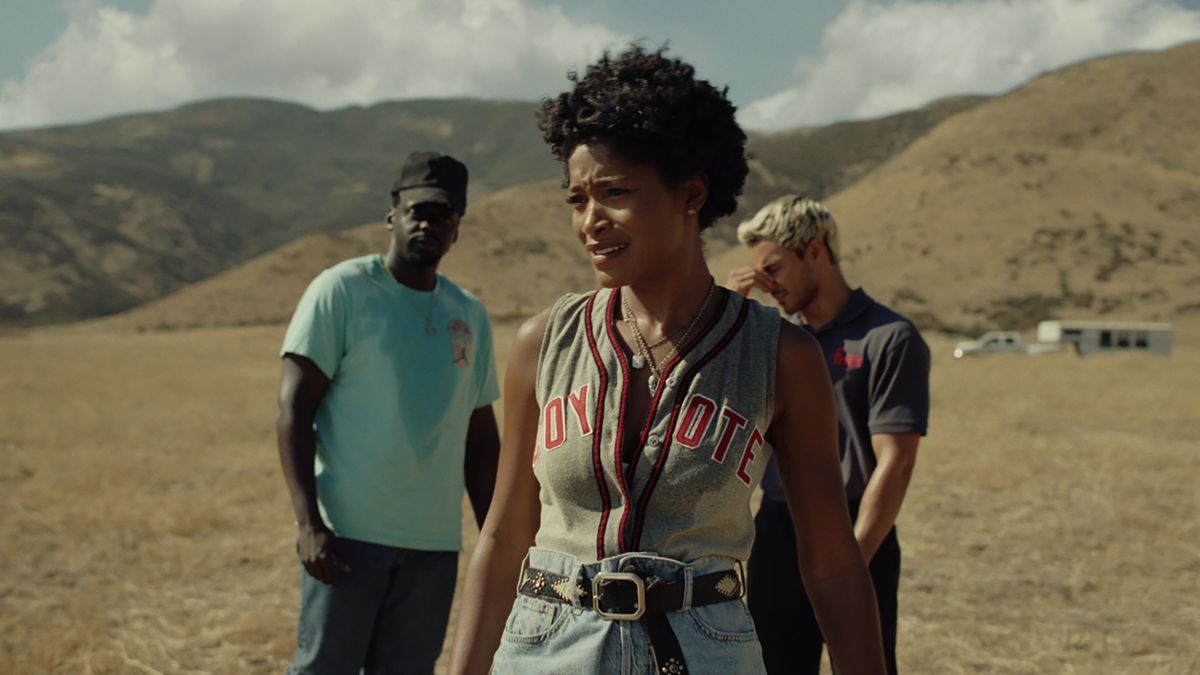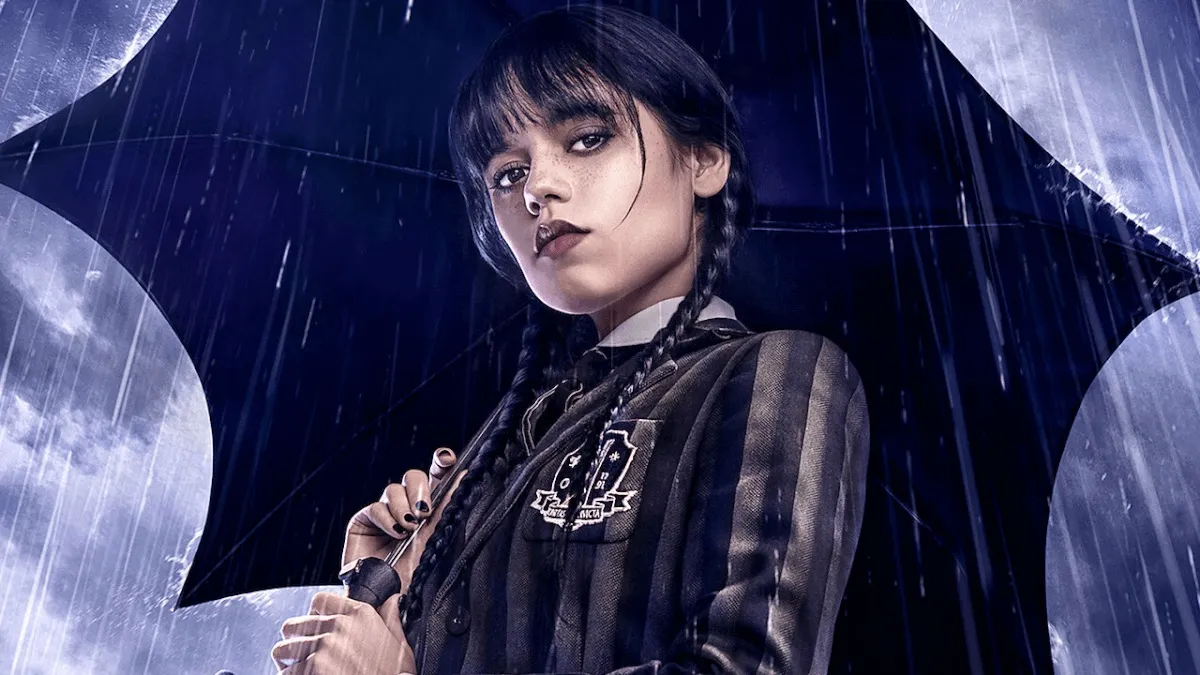Since the beginning of time, humans have enjoyed telling tales of the monsters that steal children in the dead of night, and the shadow you can’t help but see out the corner of your eye. Most of these stories came from folklore tinged with supernatural events that precludes our innate fear of death. With this in mind, It’s not surprising that the first horror film appeared shortly after the invention of cinema. Horror films follow a long line of oral tradition and storytelling, and the genre’s history proves as such.
The horror film genre has experienced numerous highs and lows over the span of a century, bringing us to the somewhat divisive time we’re in right now. As with many other aspects of cinema history, George Méliès’ works serve as the foundation for horror as a genre.
Who is George Méliès?
Méliès produced Le Manoir du Diable, commonly referred to as The Haunted Castle or The House of the Devil, in 1898, just a few years after the first filmmakers began to appear in the mid-1890s. It’s largely regarded as the first horror film. Cauldrons, moving skeletons, ghosts, shifting bats, and, ultimately, the Devil himself, are all included in the three-minute short. Although it wasn’t meant to be frightful, it was the first instance of a movie to feature paranormal elements and set the stage for the future. It’s impact is even more notable when you realize that the film was lost until 1977.
Between 1900 and 1920, numerous films with supernatural elements were released with filmmakers running to classic literature for inspiration but the 1920s and 1930s, were some of the best times for the genre. The majority of these films can be delineated either by talking or silent films. The Cabinet of Dr. Caligari (1920) and Nosferatu (1922), though silent, were two of the first movies to truly frighten their audiences and Nosferatu gave us many of the vampire tropes we use today.
After technology paved the way for sound to be included in movies, monster films like Frankenstein and The Mummy became the new rage. Can you imagine not being able to hear “It’s Alive!” Yeah, me neither. The 1930s also witnessed the emergence of the first horror “stars.” It’s possible that Bella Lugosi (of Dracula fame) was the first to focus exclusively on the genre.
Censorship
By the 1930’s, the genre was beginning to scare the general public as well as viewers, thus harsh censorship and public uproar became more typical with each release. A notable example of this is the film Freaks (1932). it underwent substantial editing because the original was too disturbing to witness. The controversy caused director Tod Browning, who had previously produced Dracula, to take a hit in his career.
Hitchcock, Zombies and The Occult: The Transformation of Horror in the 60s, 70s, and 80s.
No discussion of horror is complete without mentioning slashers and we can’t do that without talking about Alfred Hitchcock. He invented it after all. In the 1950s and 1960s, filmmakers did everything conceivable to frighten their audience. During that time, this preference for interaction spread to other genres but swiftly died off, in part because of the astronomical cost involved. This led to the opposite end of the spectrum for horror films in particular: exceedingly low-budget movies.
The American demand for gore was so vicious in the late 1960s that slasher movies were made for less than $1 million and were produced in great numbers. However, this is not to suggest that no masterpieces were created during this time. Just look at horror maestro George A. Romero. With the production of Night of the Living Dead (1968) and a budget of just over $100,000, Romero triumphed and launched the zombie film genre. The film made $30 million in revenue. In 1968.
Between the 1970s and 1980s, the occult was in…especially when it came to homes and children being possessed by the Devil. The Exorcist and The Omen can be credited with starting the trend in the horror genre, although the reasons behind this period’s cultural fascination with religious evil is story all by itself. But now that supernatural horror was back in style, literature once more served as the inspiration, paying homage to the genre’s roots. This time it was a man by the name of Stephen King.
Stephen King and The Era After
After Carrie, The Shining, and Poltergeist, a supernatural terror fest, quickly followed. With these elements of horror film history now clearly established, the groundwork was done.
The slasher structure, in which a determined antagonist hunts down and murders a group of kids one by one, is the archetype that best captures the spirit of the 1980s. Texas Chain Saw Massacre (1974) is often cited as the catalyst for the subsequent decade’s tremendous output. The most notable examples include Halloween, Friday the 13th, and A Nightmare on Elm Street, which became so popular that they spawned their own long-running franchises (Jason has to give it up at this point…it’s been decades). However, for every ten generic slashers, there was one movie that would end up becoming a cult classic despite mixed reviews at the time.
Numerous copycats and imitators also followed, especially in the area of holiday-themed products. As the genre sank to its most kitschy camp, some were far better than others. These movies, like the first horror film, were made to entertain rather than to frighten.
After a thousand formulaic slasher films and their sequels, the genre became worn out and lost popularity as the 1990s progressed. Anaconda and Deep Rising are two mediocre CGI monster movies that were released with the introduction of computer-generated special effects in 1998. But in the end, a comedy came to the rescue. With his first picture, Braindead (also titled Dead Alive), Peter Jackson took the splatter subgenre to absurd extremes, while Wes Craven’s slasher satire Scream was an international smash hit.
Down to the Wayside
With the exception of a few box office triumphs, the genre stumbled along into the 2000s. However, the zombie subgenre came back to life during this decade, maybe as a result of Max Brook’s novel World War Z’s exceptional success (later becoming a film in its own right). The Resident Evil video game adaption was among the first of the new wave, and it was rapidly followed by 28 Days Later, Dawn of the Dead, Land of the Dead, I Am Legend, and Zombieland.
There’s a lot of debate over the state of the horror industry. Many claim that the genre is once again mired in mediocrity because it seems to rely solely on producing remakes, reboots, and endless sequels with little original content to offer a contemporary audience. The return of “torture porn,” which has gained popularity in the aftermath of the Saw and Hostel franchises from the 2000s and shows no signs of slowing down, is also criticized as a subgenre.
A Promising Future with Amazing Talent
However, there are moments of tremendous inventiveness and artistry that offer a glimmer of promise. The Babadook and A Girl Walks Home Alone at Night, both 2014 movies, have given the genre fresh life. Cabin in the Woods has been hailed as the Scream of the mid 2000s. With original movies like Get Out (2017), Us (2019), and Nope (2022), which are at the top of Rotten Tomatoes’ greatest horror movie list, writer, producer, and actor Jordan Peele established himself as the new king of horror. According to Peele in an interview with Time Magazine, the movies are intelligent and offer sociopolitical criticism in addition to being frightening.
With possibly more subgenres than any other area of filmmaking, it’s challenging to imagine how anyone could improve upon or add to the existing body of work in cinematic horror. However, there’s little doubt that someone will, and that tomorrow’s Alfred Hitchcocks will be inspired and creative film school students.
Feature Image via CNN









Published: Nov 6, 2022 12:15 pm